A recent weekend trip to Mount Maunganui was a mix of excitement and despondency. After the COVID lockdown I had been excited to see Tūturiwhatu/NZ Dotterels foraging on Mount Maunganui main beach. Subsequently I had seen them nesting so was optimistic we might see them again and the timing was right for a chance of chicks.
Recent heavy weather had me concerned at the signs I saw on the beach. Areas well above high tide were swept clean by waves so I was concerned that any nests had been lost. Approaching the taped areas it was clear that were a couple of conical sand piles with sandbags protecting their seaward sides. I subsequently found that the nests had been raised and sandbagged just prior to the predicted weather event. There were 2 birds sitting on the nests atop the sand piles.
On our first afternoon, in addition to the sitting birds we found an adult attentively watching over 2 foraging chicks. The chick’s cryptic patterns camouflage them well on the beach but the constant presence of gulls overhead is anxiety provoking.
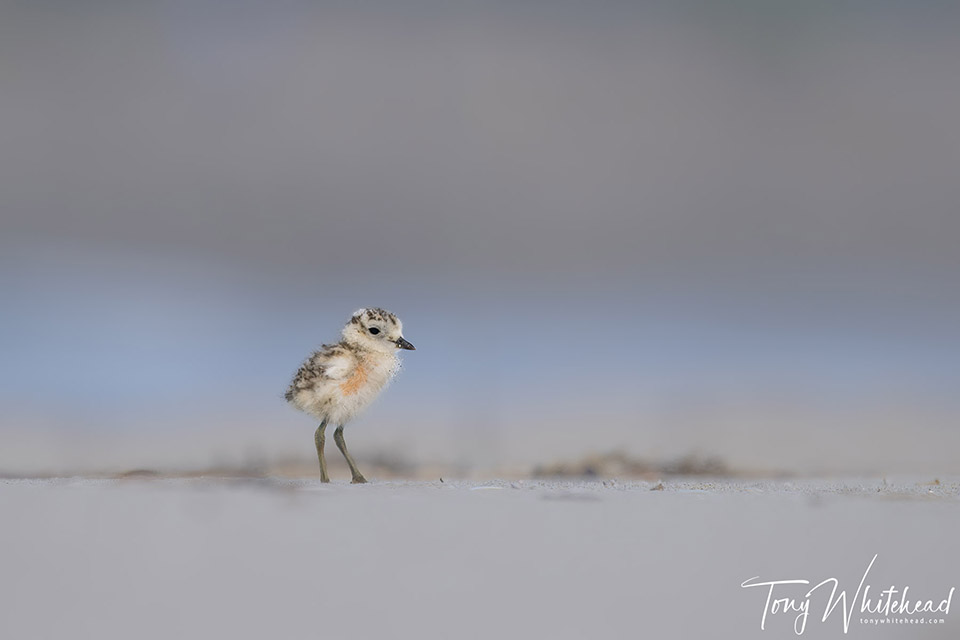
The adult kept a close eye out as the chicks foraged and episodically called to maintain contact or warn of overhead danger. It is fascinating to watch how capable the precocial chicks are.
The next morning I returned and found a beach busy with territorial dotterels but no sign of the chicks. I spent some time watching one of the birds sitting and noticed it seemed a bit unsettled, shifting regularly on the nest. Another bird was building a natural scrape nearby and camouflaging it with shell fragments. After a while it became clear that the unsettled bird had 2 freshly hatched chicks, one with an egg tooth still in place.
Despite being very wobbly on their feet, one kept trying to make some exploratory missions in search of food. Precocial chicks are not fed by their parents and emerge programmed to search out food items. I spent a couple of hours with them and managed some images.
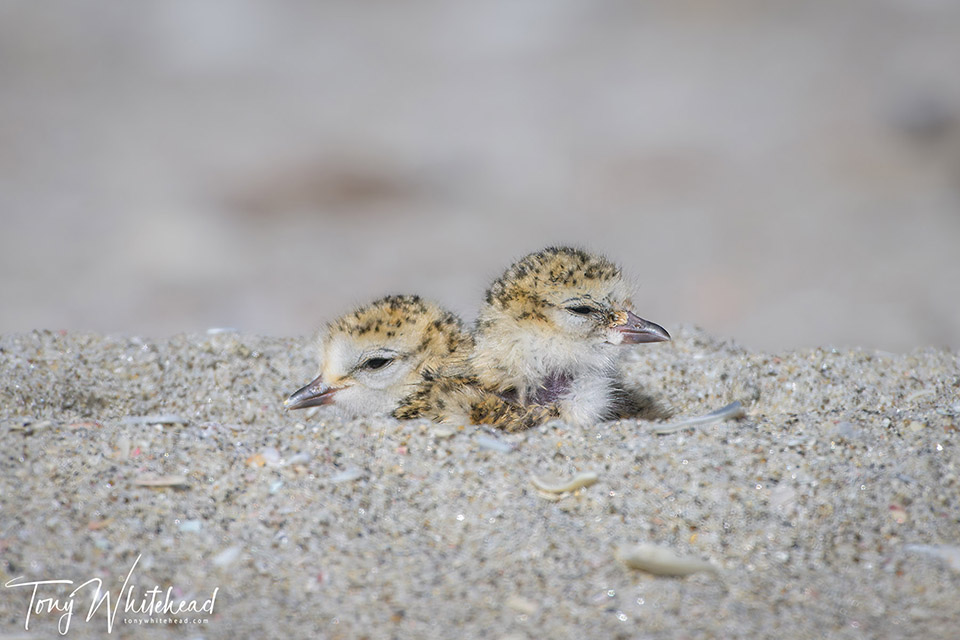
The adult bird was completely relaxed with my presence. The only concern were other NZ Dotterels which would trigger a response of calls and then a chasing flight to see them off. After this the adult would return to the nest, passing me within a metre or so. A pair of Tōrea pango/Variable Oystercatchers triggered a similar aggressive response when arriving to do a bit of nest building within the taped enclosure.
On our final morning I headed back to see how the birds were doing. The one sitting on the other high nest was still in place and the one in its natural scrape was sitting fast but the nest that had held the 2 chicks was empty. I found the adult sitting amongst some dry kelp and she appeared to have chicks beneath, so I waited patiently. When she finally moved it was clear only one chick remained. The other had not survived the night, presumably predated by gull, rat or cat.
The remaining chick was much more capable than it has been 24 hours earlier. Steady and fast on it’s feet it was homing in on and devouring beach invertebrates efficiently.
So what began as an exciting find of successfully hatched Tūturiwhatu/NZ Dotterel chicks was tempered by the grim reality that their chances of fledging are extremely limited. To see this recovering, at risk endemic established and attempting to breed on a busy beach is encouraging. To see that human intervention by way of nest elevation and sandbagging after a weather forecast threat can save a nest from flood and allow hatching makes that type of effort worthwhile. To see that within 24 hours one hatchling was lost is sad and potentially demoralising. I don’t know the exact cause of the loss but introduced mammals may be a factor. As far as I know there is no trapping in the area and this would be difficult with the large human presence at the beach. Exclusion of dogs from the beach is a likely a factor in achieving nesting and hatching success but we need to explore options to identify threats to hatchlings so that they can be mitigated. If we had stayed another night I would have been tempted to watch the beach with a thermal camera to try and see if rats/cats were about and thus a potential threat. Being so close to residential homes I have no doubt that there are enough cats out roaming to be a factor.
Photos with Nikon Z9 and Nikkor Z 180-600mm f5.6-6.3 + 1.4x teleconverter, except environmental photos with Apple iPhone 14 Pro
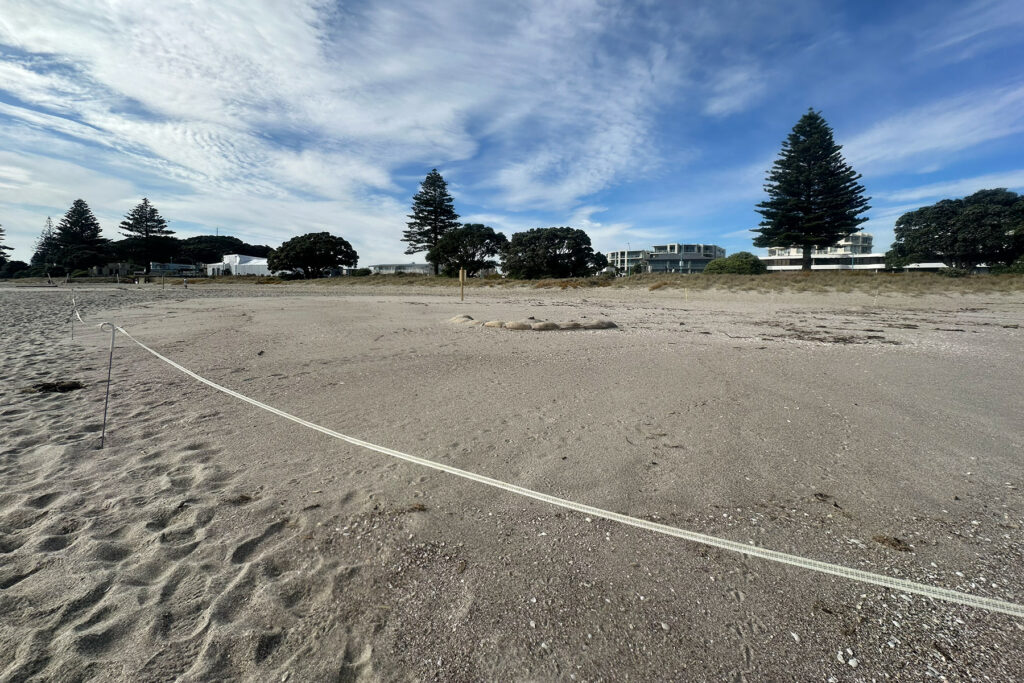
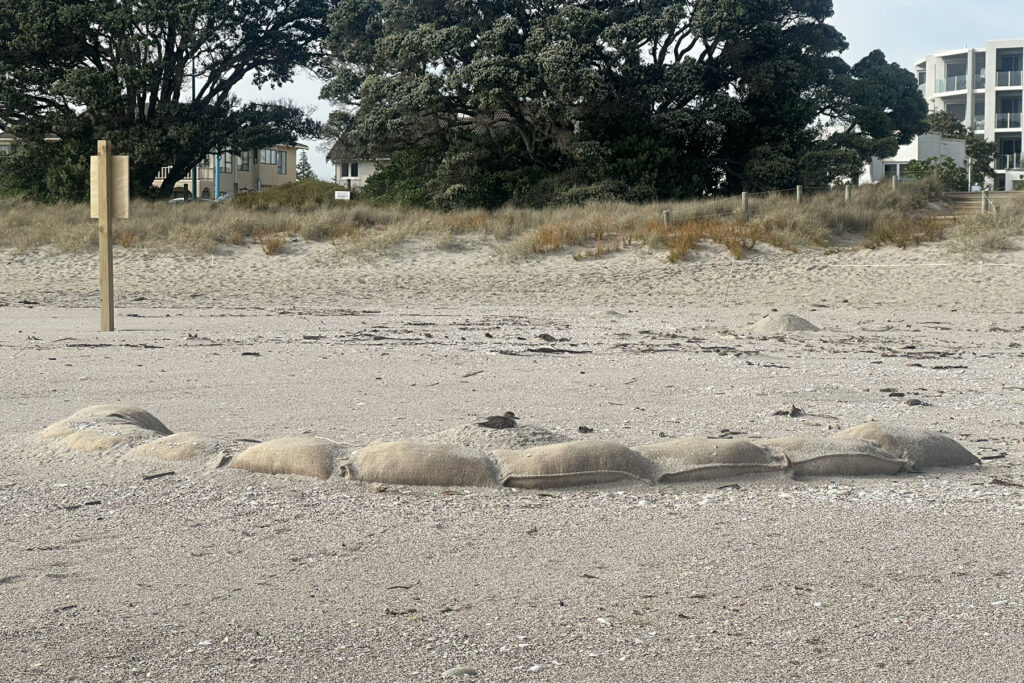
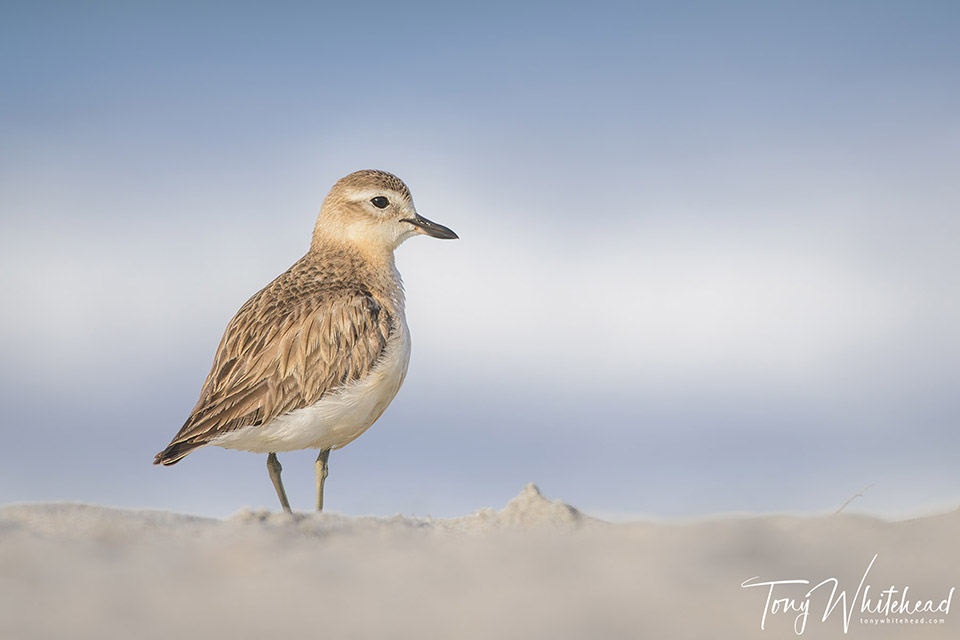
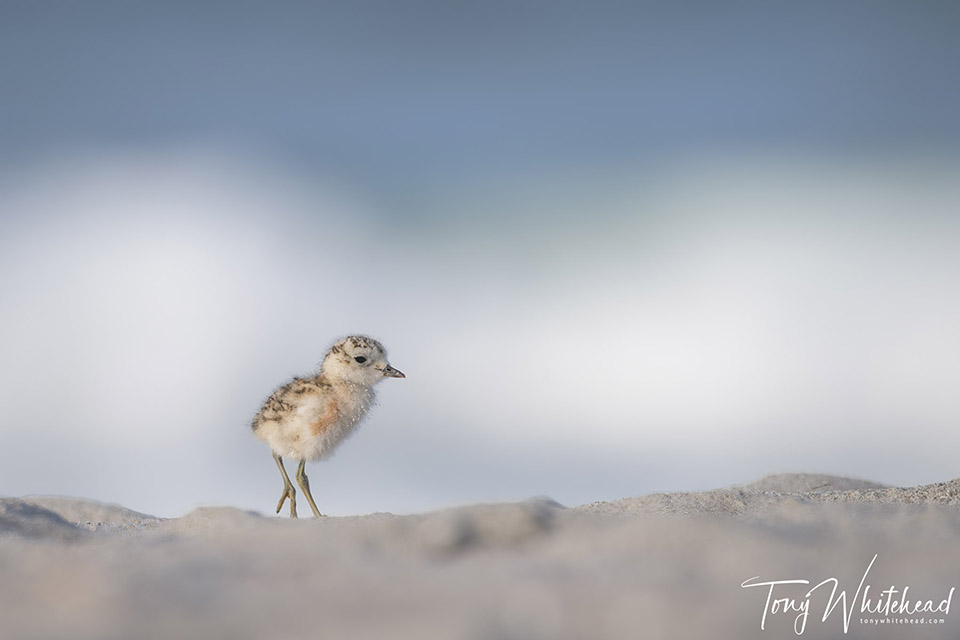
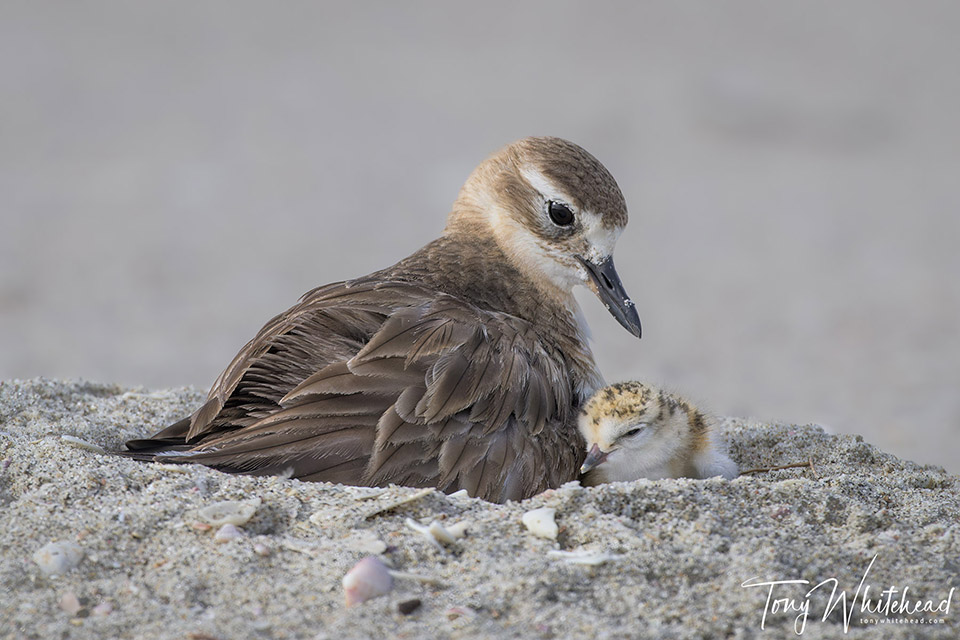
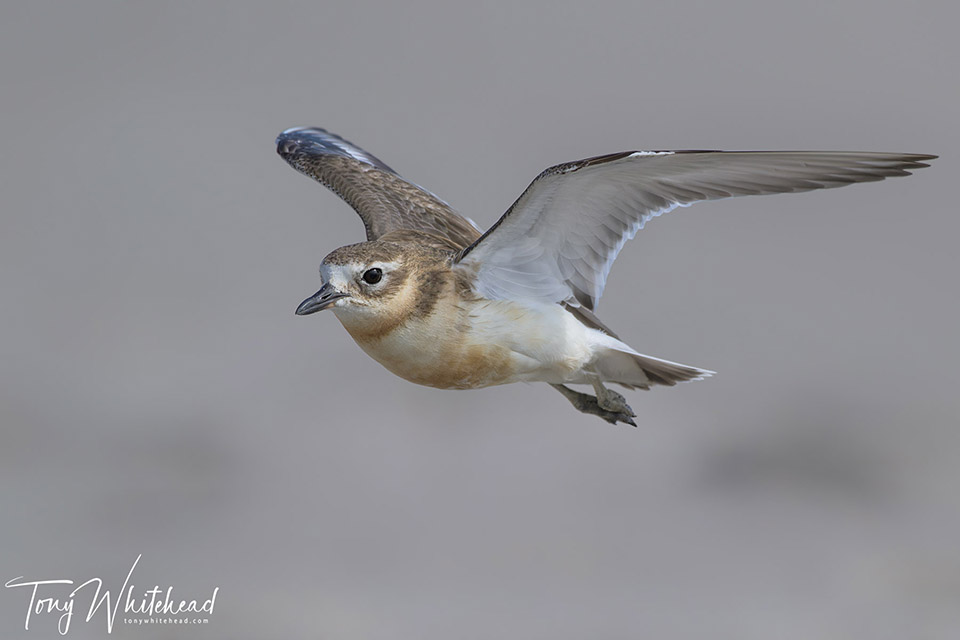
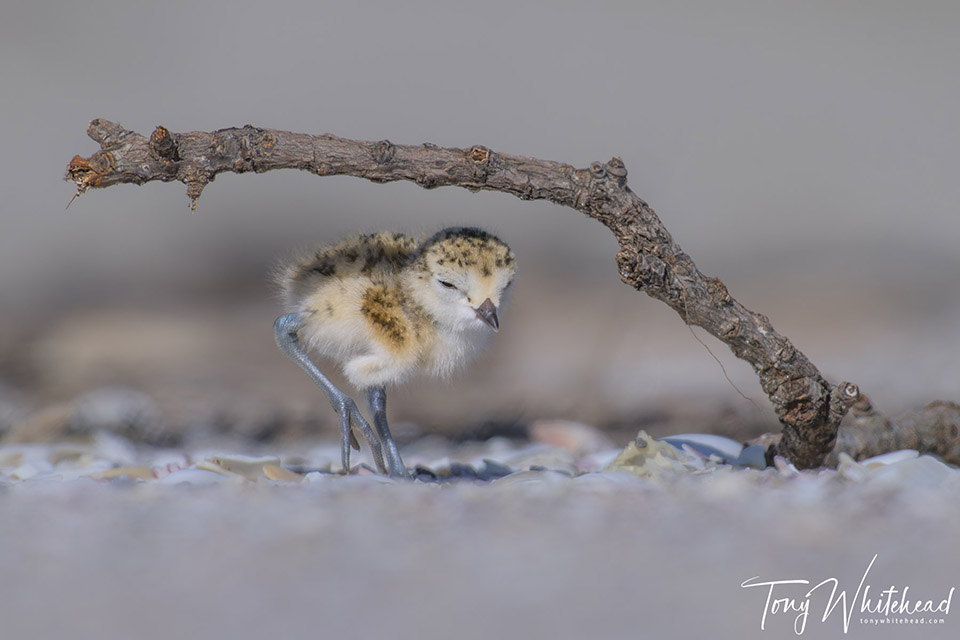
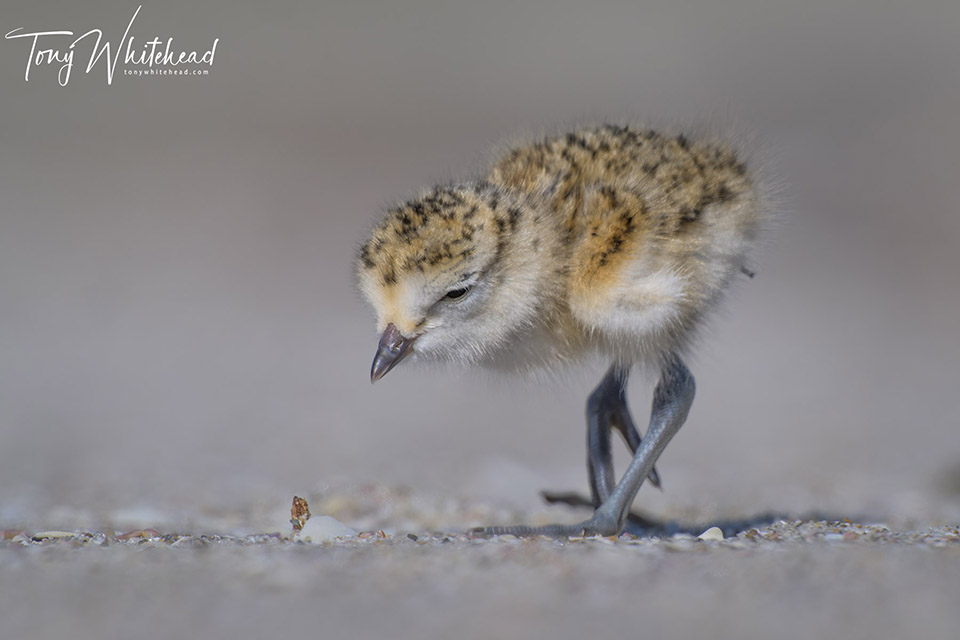
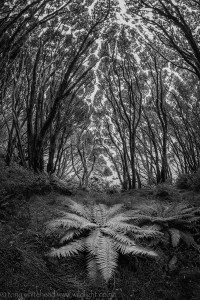
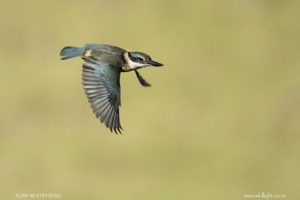
Alistair Owens
13 Nov 2023Brilliant post and beautiful images. I trust you don’t mind, I have shared it with my Dotterel Minders group at Waiwera. ( https://www.facebook.com/groups/221446177617768 ).
Life is a real battle for these incredible little birds and they really cannot survive unless the sight is managed by a minders group who fence off the nests, trap predators, keep dogs and people away and raise or move nests in bad weather. Despite all this we still lost all our nests a couple of weeks ago in a very big storm.
Fortunately all pairs have re-laid and we are hoping to get through the next few weeks without a storm or dog attack and see some chicks.
tony
16 Nov 2023Thanks Alistair. There will be another NZ Dotterel post this weekend. Another perspective from another beach.